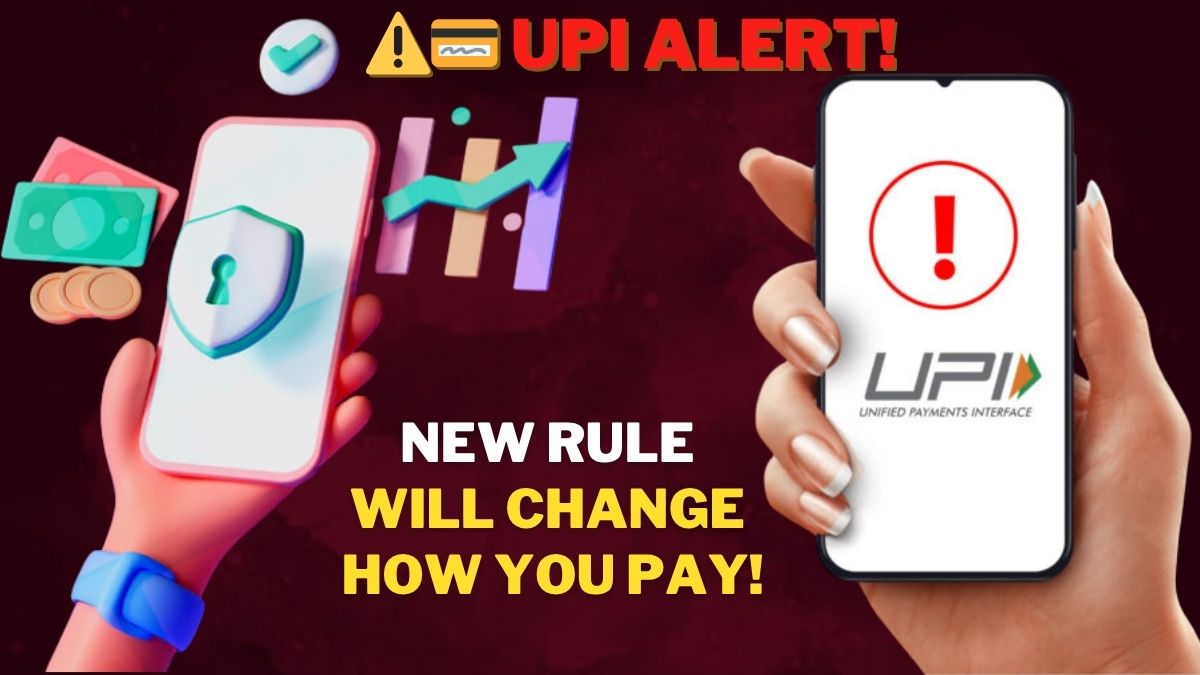Almost all UPI payments these days are made using UPI numbers or virtual IDs. But when you make a payment, you often don’t know the identity of the receiver, which can pose a security risk and lead to fraud. To fix this, the NPCI (National Payments Corporation of India) will soon change how UPI payments work: you won’t be able to complete a transfer without knowing the identity of the person you’re sending money to.
In a circular issued on April 24, 2025, the NPCI announced that all UPI apps must show the official name of the recipient on the payment confirmation screen. This rule will take effect from June 30, 2025.
“For P2P and P2PM transactions, UPI applications shall ensure that only the ultimate beneficiary’s name (banking name as fetched from Validate Address API) is displayed to the user on the pre-transaction details page. Names extracted from QR codes, user-defined names of the payee, or any other logic should not be displayed to the payer in the UPI app,” the circular elaborated.
New UPI Rule From June 30: What Does It Say?
According to the NPCI circular, only the beneficiary name officially linked to the bank account will be visible during UPI transactions. This means:
-UPI apps will no longer display custom or user-defined names that differ from official bank records.
-The name must exactly match the bank record, with no alterations.
-All UPI payment apps used in India, including widely used ones, must now comply with this new guideline.
Why Is The NPCI Implementing This Rule?
According to the NPCI, the key objective behind strengthening recipient name verification is to prevent fraud, build trust, and minimise disputes.
Prevent fraud: Fraudsters often use fake or misleading recipient names to cheat users into sending money to the wrong accounts.
Build trust: This change helps reassure users that their payments are going to the intended recipient, reducing uncertainty.
Minimise disputes: Clarifying recipient names helps lower confusion, making transactions more seamless.
What Does This Mean For Users?
Increased transparency: Users will be able to check that the beneficiary’s name matches bank records before making a payment.
Lower risk of fraud: The chance of being tricked by fake or deceptive beneficiary names will be significantly reduced.
Possible early confusion: Users might notice that the new official names have replaced previously saved ones in their app, but this change is aimed at making payments safer.












